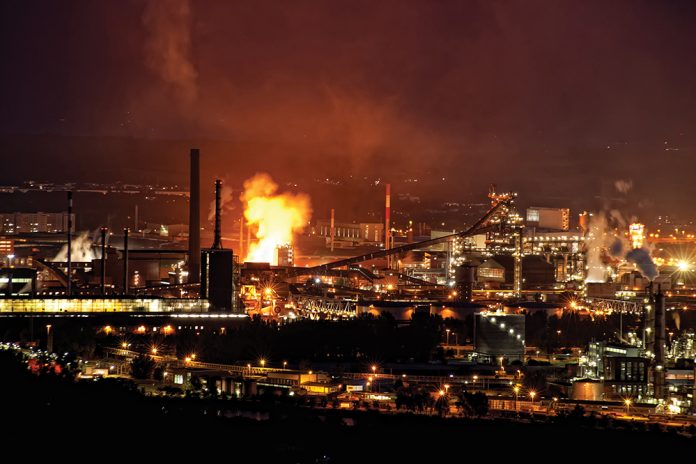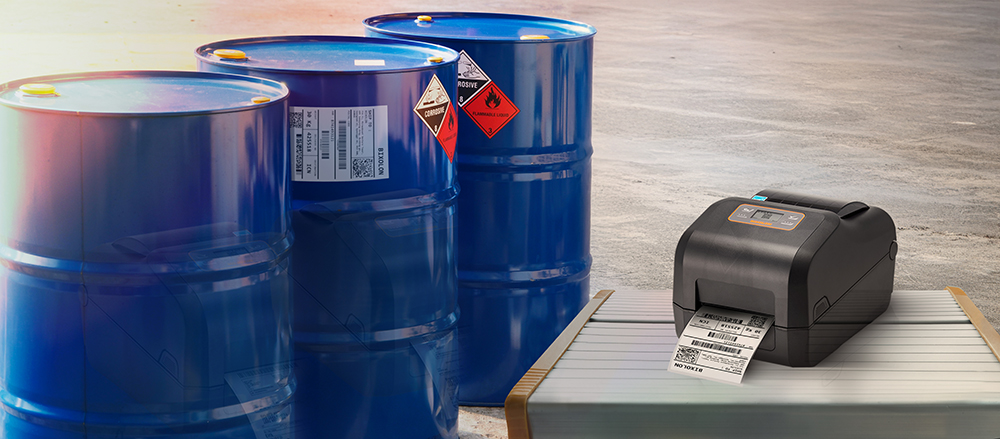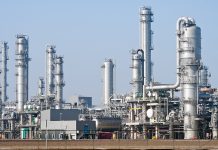Although it’s not being shouted from the rooftops as loudly as some other insurance “trends” are, the gradual hardening of property underwriters attitude to providing cover at sites where chemicals are stored, manufactured or processed means that choices are becoming more limited as insurers become much more selective about the risks they are prepared to underwrite, the rates being charged and the levels of self-insurance being imposed.
Although not exclusive to the sector, Insurers have been hit with a number of large property damage claims (along with the associated business interruption costs) in recent years, and when set against a general market-wide appetite for property-led business (which kept rates low and acceptance levels high) and the withdrawal of some insurers from the chemicals sector, a correction had to happen at some point.
From a property loss control perspective, it’s important that you are able to differentiate yourselves from the pack if you expect to achieve better than average terms.
This isn’t just about sprinklers – but about pre-loss prevention where possible. Static protection where low-flash point products are used, up to date electrical inspections (with thermo-graphic testing where appropriate) of fixed electrical installations and any extraction systems, along with being able to demonstrate a robust system for managing contractors or in-house maintenance teams, especially around the use of heat.
Unattended processes are largely a no-no for all but the most benign of operations (and the boldest of underwriters).
Despite the very best planning, the unexpected can happen, so the importance of correct values for your property (including any independent valuations for buildings and bespoke plant) when you’re looking for a full settlement from insurers (rather than having to dip into your hard-earned cash reserves to fund the shortfall).
Sales invariably stall in the aftermath of a significant incident, and so it’s also important that any indemnity periods for business interruption are calculated as accurately as possible. The reality is that they are often put together with a rose-tinted view of how quickly normal trading can resume, and anyone who has ever managed a planned site or office move knows how often unexpected delays crop up. Imagine having to manage this in the midst of an unexpected disaster!
If you have any bespoke plant or machinery (especially if this item is effectively a single point of failure in your process) with a long lead time, then this need to be taken into account when calculating the appropriate indemnity period, as well as factors such as local planning, re-building (including potential changes or improvements that you would want to incorporate) and any seasonality in your income.
Having knowledge of your supply chains sounds like it’s manufacturing 101, but many businesses do not have an in-depth understanding of the potential issues that some of their suppliers have, and the impact that a failure in the chain can have, especially at the most critical times in their own business.
A sound Business Continuity Plan is therefore more than just a box ticking exercise; in many cases the plan unearths previously unidentified issues, and the BCP can also double as a sales tool – many of your potential clients want to know that you will be able to meet your contractual obligations, even if your own site is a smouldering ruin.
Pollution following an incident at your site is also something to consider; the test case was Bartoline Adhesives back in 2003, and whilst many policies now provide some level of cover for Statutory Clean Up Costs, given the increasingly high-profile nature of Environmental incidents, and the fact that 16 years on, the same Aqueous Film Forming Foams (AFFF) are still being used means this is a real risk, and ensuring that the level of cover you have is adequate (and preferably, at least matches your primary indemnity limit for Public Liability).
www.oamps.co.uk









